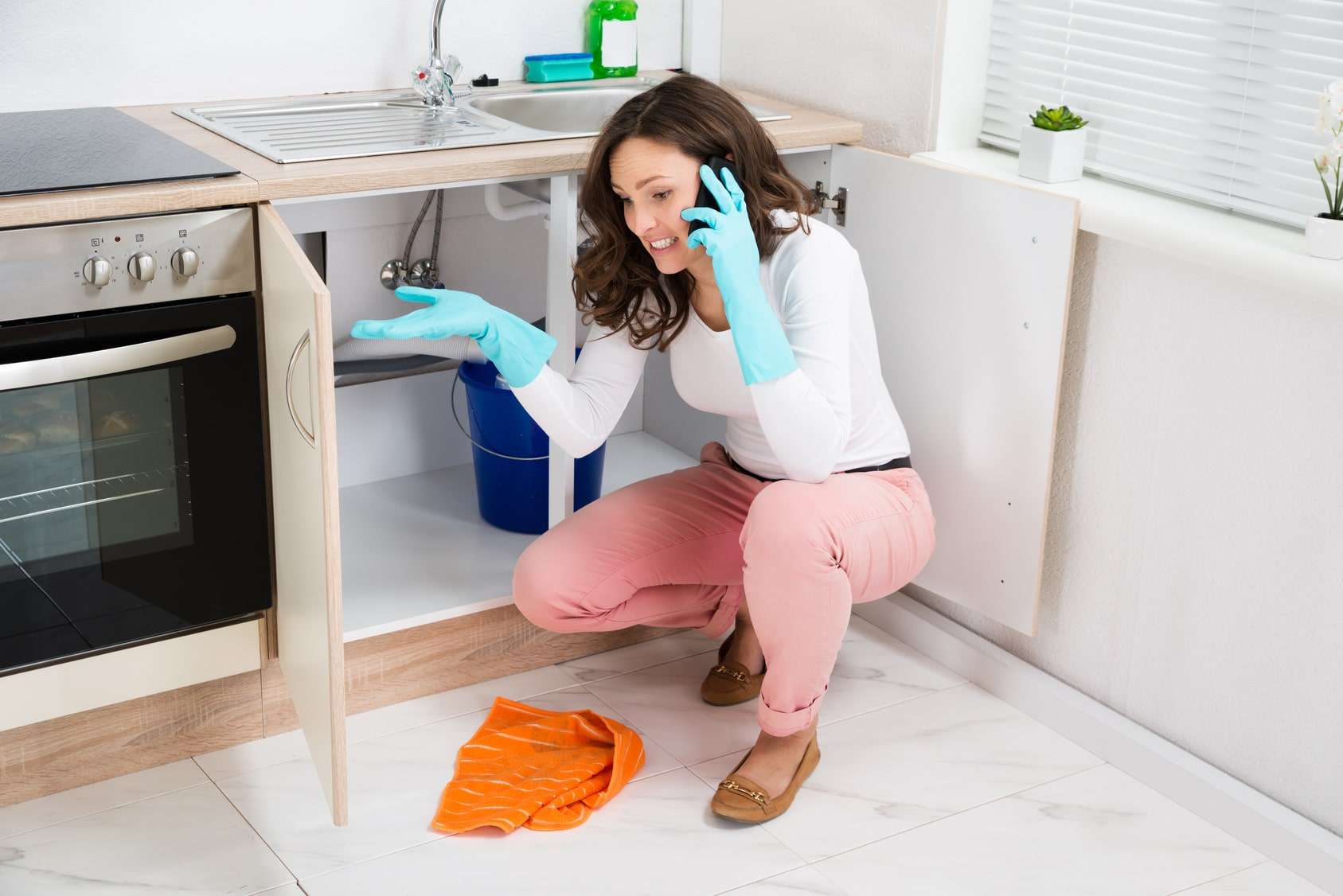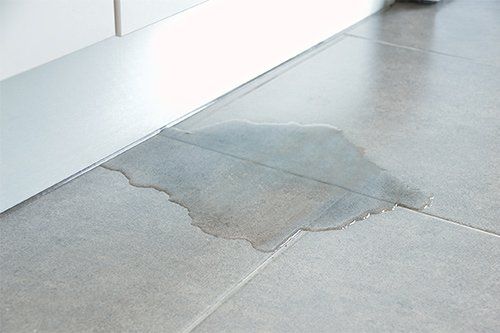Discover Common Causes Behind Water Drips in Your Home
Discover Common Causes Behind Water Drips in Your Home
Blog Article
The publisher is making a number of good observations related to Most Common Causes of Leaky Pipes overall in this post below.

Leakages not only trigger waste of water yet can additionally create unnecessary damages to your home as well as advertise unwanted organic growth. By understanding as well as looking for everyday scenarios that trigger leakages, you can safeguard your residence from future leakages and unnecessary damages.
Trespassing roots
The majority of water leakages start outside the residence instead than inside it. You might discover wet patches or sinkholes in your backyard, and that might imply that tree roots are getting into water lines causing water to permeate out.
Rusty water supply
This may be the reason of staining or warping on your water pipes. If our plumbing system is old, think about replacing the pipes since they are at a greater danger of rust than the newer models.
Defective Pipe Joints
Pipe joints can degrade over time, resulting in water leaks. If you have noisy pipelines that make ticking or banging noises, specifically when the hot water is turned on, your pipeline joints are most likely under a great deal of stress.
Instant temperature level modifications.
Severe temperature adjustments in our pipelines can create them to expand as well as contract suddenly. This development and tightening may trigger splits in the pipes, particularly if the temperature are below cold.
Poor Water Connectors
At times, a leakage can be created by loosened pipes and pipes that provide your home appliances. In case of a water connections leak, you may observe water running straight from the supply line or puddles around your appliances.
Obstructed Drains
Obstructed drains could be annoying as well as inconveniencing, yet they can often end up causing an overflow leading to burst pipes. Keep getting rid of any materials that might drop your drains pipes that might clog them to stay clear of such inconveniences.
All the above are reasons for leakages yet not all water leakages result from plumbing leaks; some leaks might come from roofing leaks. All leakages need to be fixed promptly to stay clear of water damages.
Leaks not just trigger waste of water yet can likewise create unnecessary damage to your residence and advertise undesirable natural development. By comprehending as well as looking for daily circumstances that trigger leaks, you can safeguard your house from future leaks as well as unneeded damages. Today, we will look at six leakage creates that might be triggering your pipes to drip.
At times, a leak can be created by loose hose pipes as well as pipes that provide your home appliances. In situation of a water links leak, you may discover water running straight from the supply line or pools around your appliances.
How To Check For Water Leak In Your Home
How To Check for Leaks
The average household's leaks can account for nearly 10,000 gallons of water wasted every year and ten percent of homes have leaks that waste 90 gallons or more per day. Common types of leaks found in the home are worn toilet flappers, dripping faucets, and other leaking valves. These types of leaks are often easy to fix, requiring only a few tools and hardware that can pay for themselves in water savings. Fixing easily corrected household water leaks can save homeowners about 10 percent on their water bills.
To check for leaks in your home, you first need to determine whether you're wasting water and then identify the source of the leak. Here are some tips for finding leaks:
Take a look at your water usage during a colder month, such as January or February. If a family of four exceeds 12,000 gallons per month, there are serious leaks.
Check your water meter before and after a two-hour period when no water is being used. If the meter changes at all, you probably have a leak.
Identify toilet leaks by placing a drop of food coloring in the toilet tank. If any color shows up in the bowl after 10 minutes, you have a leak. (Be sure to flush immediately after the experiment to avoid staining the tank.)
Examine faucet gaskets and pipe fittings for any water on the outside of the pipe to check for surface leaks.
Undetected water leaks can happen without the home or business owner even realizing. If you suspect a water leak, but not able to find the source. It is time to contact a professional water leak detection service, The Leak Doctor.
How To Find a Water Leak In Your Home
https://www.leakdoctor.com/blog/How-To-Check-For-Water-Leak-In-Your-Home_AE197.html

Hopefully you enjoyed our post on How to detect water leaks in your home. Thank you so much for taking a few minutes to read our article. Are you aware of another person who is interested in the niche? Take a moment to promote it. Thank you so much for going through it.
Dial, and relax! Report this page